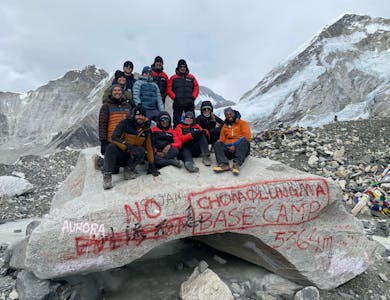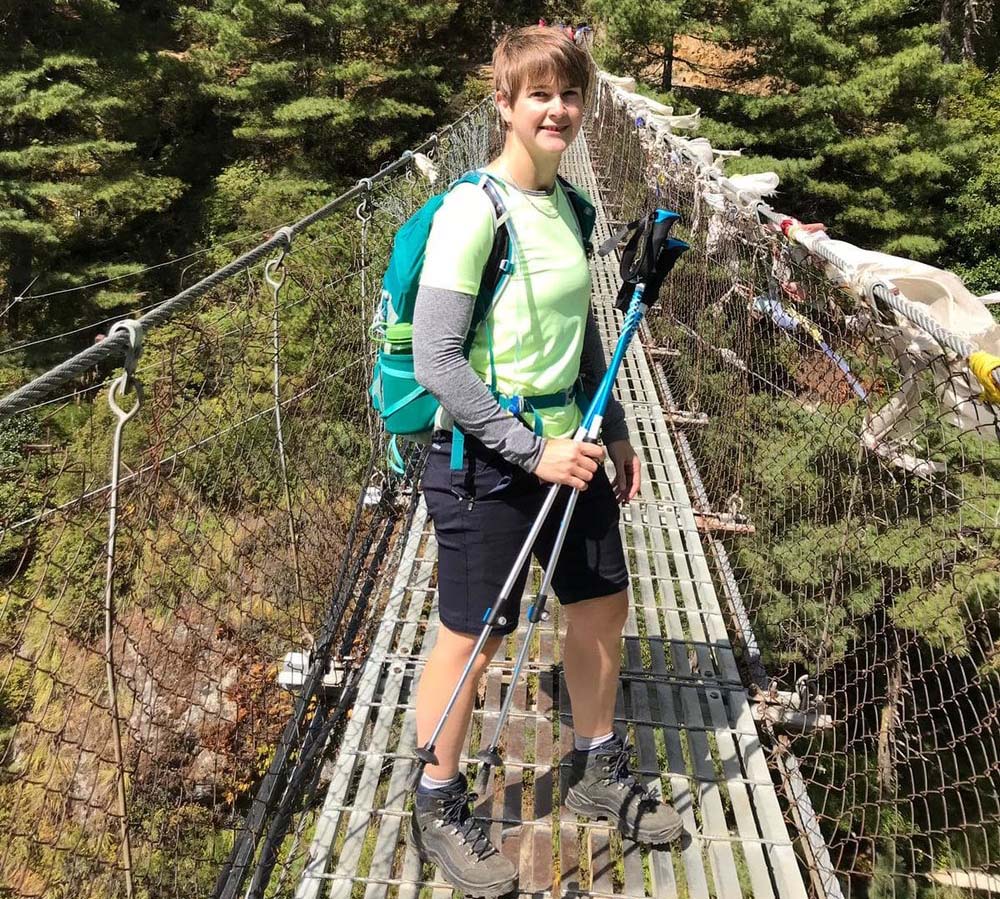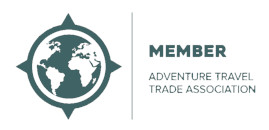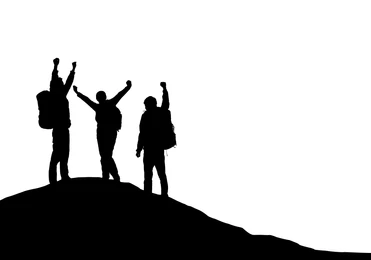The Importance of Acclimatisation:
How to Prevent and Manage Altitude Sickness

The Importance of Acclimatisation: How to Prevent and Manage Altitude Sickness
High-altitude trekking is one of the most exhilarating experiences an adventurer can have, but it comes with a unique set of challenges. One of the most critical aspects of trekking at high elevations is acclimatisation—the process of allowing your body to adjust to reduced oxygen levels. Failing to acclimatise properly can lead to altitude sickness, which, if left untreated, can be dangerous or even fatal. In this guide, we’ll explore why acclimatisation is essential, the warning signs of altitude sickness, how to manage it, and which treks around the world require careful altitude adaptation.
Why Is Acclimatisation Important?
As you ascend to higher elevations, the air pressure decreases, meaning there is less oxygen available with each breath. Your body needs time to adapt by producing more red blood cells to transport oxygen efficiently. Acclimatisation is crucial because:
It reduces the risk of altitude sickness (also known as acute mountain sickness or AMS).
It allows you to perform better physically without excessive breathlessness.
It prevents serious altitude-related illnesses like high-altitude pulmonary edema (HAPE) and high-altitude cerebral edema (HACE), both of which can be fatal.
When Can Altitude Sickness Begin?
Altitude sickness can start at elevations as low as 2,500 metres (8,200 feet), though symptoms typically become more noticeable above 3,000 metres (9,800 feet). The risk increases significantly at higher altitudes if proper acclimatisation isn’t followed.
Common Elevation Benchmarks for Acclimatisation:
2,500m (8,200 ft) – Mild symptoms can appear.
3,500m (11,500 ft) – Moderate risk, acclimatisation days are recommended.
4,500m (14,800 ft) and above – High risk; a slow ascent is critical.
Above 5,500m (18,000 ft) – Very high risk; prolonged exposure can be dangerous without acclimatisation.
Warning Signs of Altitude Sickness
Mild Symptoms (Acute Mountain Sickness – AMS):
Headache
Dizziness or light-headedness
Nausea or loss of appetite
Fatigue or weakness
Shortness of breath
Difficulty sleeping
Moderate Symptoms (Worsening AMS):
Increased nausea and vomiting
Persistent headache despite medication
Difficulty breathing, even at rest
Confusion or difficulty concentrating
Severe Symptoms (HAPE & HACE – Medical Emergencies):
Extreme breathlessness, even when resting (HAPE)
Persistent cough, possibly with pink or frothy sputum (HAPE)
Loss of coordination and inability to walk straight (HACE)
Severe confusion or hallucinations (HACE)
Loss of consciousness (HACE)
If moderate or severe symptoms appear, immediate action is necessary to prevent life-threatening complications.
How to Prevent and Treat Altitude Sickness
Prevention Tips:
Ascend Gradually – Follow the "climb high, sleep low" principle and gain no more than 300-500m per day above 3,000m.
Take Acclimatisation Days – Rest days at key altitudes allow your body to adjust.
Stay Hydrated – Drink plenty of water to aid circulation and oxygen transport.
Avoid Alcohol & Sedatives – These can suppress breathing and worsen symptoms.
Eat a High-Carb Diet – Carbohydrates require less oxygen to metabolise, giving you more energy.
Use Medication if Necessary – Acetazolamide (Diamox) can help prevent altitude sickness but should be taken under medical advice.
Treatment:
For mild AMS: Rest, hydrate, and allow time for acclimatisation. If symptoms persist, descend to a lower altitude.
For moderate AMS: Descend at least 500m and rest until symptoms improve.
For severe AMS, HAPE, or HACE: Immediate descent is critical. Administer oxygen if available and seek emergency medical attention.
Famous Treks Where Altitude Sickness is a Risk
Many of the world’s most iconic treks involve high altitudes, making acclimatisation crucial. Here are some of the most well-known:
1. Everest Base Camp Trek (Nepal)
Highest Point: 5,364m (17,598 ft)
Risk Level: High – Multiple acclimatisation days required.
Acclimatisation Strategy: Rest days in Namche Bazaar (3,440m) and Dingboche (4,410m) help mitigate risks.
2. Kilimanjaro – Lemosho & Other Routes (Tanzania)
Highest Point: 5,895m (19,341 ft)
Risk Level: Very High – Rapid ascent increases risk of AMS.
Acclimatisation Strategy: Choose longer routes (Lemosho, Machame) to allow better adaptation.
3. Annapurna Circuit (Nepal)
Highest Point: Thorong La Pass at 5,416m (17,769 ft)
Risk Level: High – Gradual ascent recommended.
Acclimatisation Strategy: Spend extra nights in Manang (3,540m) before crossing Thorong La.
4. Inca Trail to Machu Picchu (Peru)
Highest Point: Dead Woman’s Pass at 4,215m (13,828 ft)
Risk Level: Moderate – Symptoms can appear, but the lower altitude at Machu Picchu helps recovery.
Acclimatisation Strategy: Arrive in Cusco (3,400m) a few days before starting the trek.
5. Mount Elbrus (Russia)
Highest Point: 5,642m (18,510 ft)
Risk Level: Very High – Steep altitude gain requires careful acclimatisation.
Acclimatisation Strategy: Use the "climb high, sleep low" method and include extra training hikes.
Final Thoughts: Acclimatise and Trek Responsibly
Altitude sickness is a serious risk on high-altitude treks, but with the right approach, it can be managed and even prevented. Taking the time to acclimatise properly, listening to your body, and descending when necessary can make the difference between a successful trek and a life-threatening situation.
Planning your next adventure? Make sure you prepare adequately and respect the altitude—it’s the key to a safe and enjoyable trek. Stay informed, trek responsibly, and enjoy the breathtaking heights the world has to offer!






